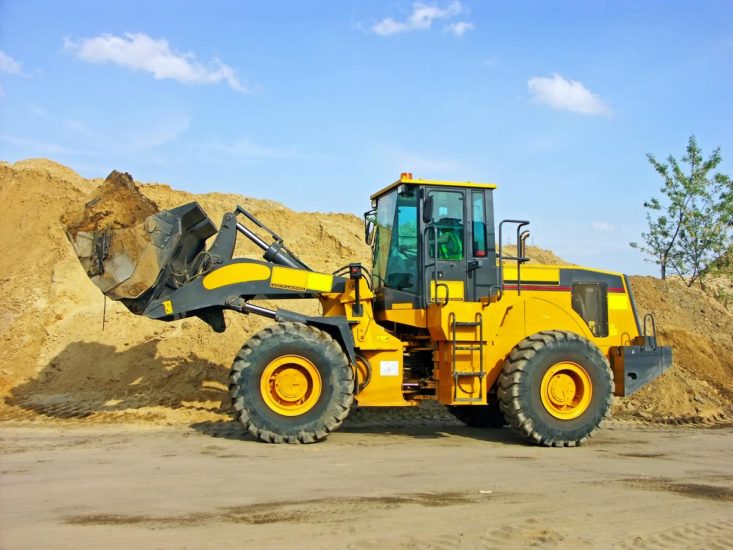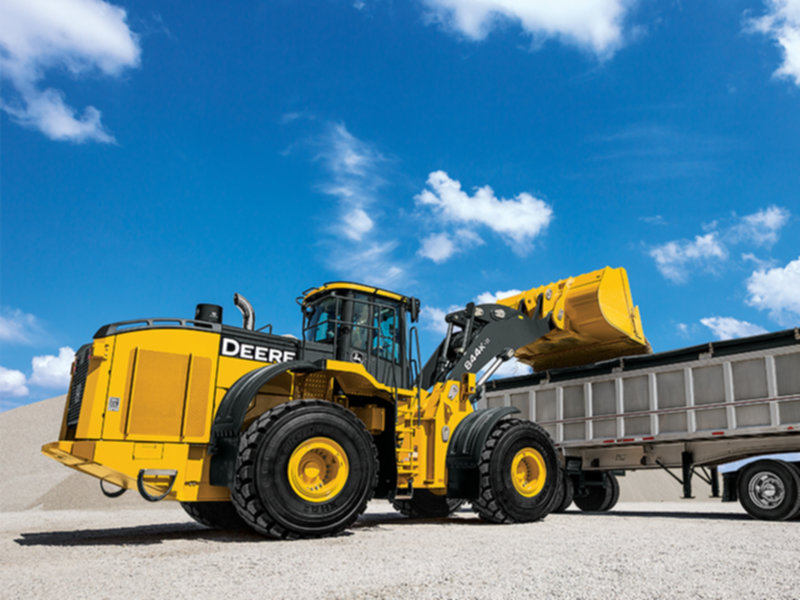Boom Lift Rental: Reach New Levels Safely
Boom Lift Rental: Reach New Levels Safely
Blog Article
Leasing Vs. Purchasing Building And Construction Tools: Making the Right Selection for Your Job
When embarking on a building and construction job, among the important decisions that forecast stakeholders and supervisors deal with is whether to rent out or purchase building and construction tools. Both alternatives have their advantages and drawbacks, making the option a pivotal one in the task planning procedure. The choice depends upon numerous aspects such as cost considerations, project period, devices maintenance, versatility, scalability, and risk management. Each aspect plays an important role in determining one of the most ideal path for the task's equipment requirements. equipment rental company. Allow's explore these factors even more to understand just how they influence the decision-making process and inevitably the success of the task.
Expense Considerations
When assessing the financial facet of renting versus buying building and construction devices, the in advance prices and long-term expenses should be thoroughly thought about. Renting out devices usually calls for reduced first payments contrasted to buying, making it an appealing option for temporary tasks or service providers with budget constraints. Leasing gets rid of the requirement for big capital expenses and reduces the monetary risk connected with tools ownership, such as upkeep and depreciation expenses. Nonetheless, over time, continuously renting out equipment can gather greater expenses than buying, especially for extended tasks.
On the various other hand, getting building and construction devices includes higher in advance expenses but can result in lasting cost savings, specifically for lasting tasks or frequent customers. Possessing tools provides versatility, ease, and the potential for resale value once the task is completed. In addition, possessing equipment permits customization and knowledge with certain machinery, possibly raising efficiency and productivity on-site. Inevitably, the decision between renting out and acquiring construction equipment rests on the task's duration, regularity of use, spending plan considerations, and long-lasting monetary goals.
Task Duration

Alternatively, for long-term tasks or recurring building and construction work, purchasing tools can be the much more cost-effective choice. Purchasing equipment can result in cost savings over time, specifically if the tools will be regularly utilized. Furthermore, having devices provides a sense of control over its schedule and allows for customization to fit specific project requirements.

Devices Upkeep
Given the essential role job duration plays in figuring out the most affordable method between renting out and getting building devices, the emphasis now shifts in the direction of analyzing the crucial facet of tools upkeep. On the various other hand, owning equipment requires an aggressive technique front loader excavator to maintenance to avoid failures, ensure security, and extend the devices's lifespan. Inevitably, a well-maintained construction tools fleet, whether rented or had, is necessary for the effective and effective conclusion of construction projects.
Flexibility and Scalability
In the realm of building and construction equipment monitoring, the aspect of flexibility and scalability holds substantial value for project performance and resource utilization. Deciding to rent out building equipment gives a high level of versatility as it enables the quick adjustment of equipment kinds and amounts based upon the progressing demands of a job. Renting out allows professionals to access a wide variety of specialized devices that may be needed for details tasks without the lasting commitment of possession. This adaptability is particularly useful for jobs with differing needs or unclear durations (boom lift rental).
Moreover, scalability, an additional essential element, is naturally linked to versatility. Leasing construction tools uses the advantage of conveniently scaling procedures up or down as job needs fluctuate. Professionals can promptly add or exchange equipment to match the job's transforming demands without the restraints of having properties that might end up being underutilized or out-of-date. This capacity to scale sources efficiently can cause expense financial savings and enhanced task timelines, making renting a desirable alternative for projects calling for versatility and responsive resource allotment.
Threat Administration
Effective danger administration in building equipment procedures is vital to making sure job success and mitigating potential economic losses. Building and construction jobs naturally entail various dangers, such as tools breakdowns, mishaps, and job hold-ups, which can dramatically impact the project timeline and spending plan. By carefully considering the risks linked with owning or renting building equipment, project supervisors can make informed choices more information to reduce these potential hazards.
Leasing building and construction equipment can supply a level of risk mitigation by moving the responsibility of maintenance and fixings to the rental company. This can minimize the economic concern on the job owner in instance of unanticipated tools failures (equipment rental company). Furthermore, renting offers the adaptability to access customized devices for specific task phases, decreasing the risk of possessing underutilized equipment
On the various other hand, possessing building tools supplies a feeling of control over its use and upkeep. Nevertheless, this also means birthing the complete duty for fixings, upkeep expenses, and devaluation, increasing the monetary risks connected with equipment ownership. Careful risk analysis and factor to consider of elements such as job period, tools use, and upkeep demands are important in identifying one of the most ideal choice for effective risk administration in construction tasks.
Verdict
To conclude, when deciding in between getting and renting building and construction tools, it is essential to consider cost, task duration, equipment maintenance, flexibility, threat, and scalability management. Each aspect plays a crucial function in determining one of the most ideal choice for the job at hand. By carefully evaluating these facets, task managers can make an educated choice that straightens with their budget plan, timeline, and general task objectives.

Report this page